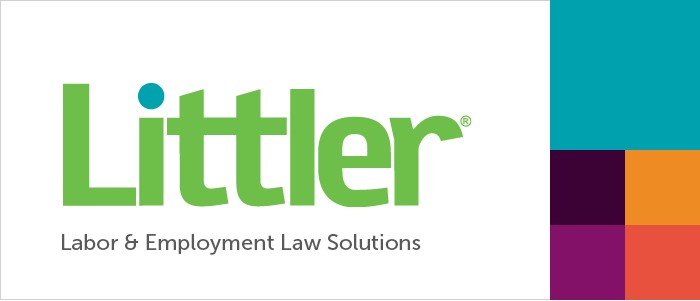
The two-year bipartisan budget President Obama signed on November 2, 2015, required OSHA to raise its citation penalties for the first time in 25 years. Since 1990, OSHA has been one of only three federal agencies that were specifically exempted from a law that required federal agencies to raise their fines to keep pace with inflation. A section of the budget bill – entitled the Federal Civil Penalties Inflation Adjustment Act Improvements Act of 2015 – eliminates this exemption for OSHA. This provision will be implemented through an interim final rule scheduled for publication in the July 1, 2016 edition of the Federal Register. OSHA will assess the new penalty amounts starting August 1, 2016.
OSHA’s New Penalties
The required initial penalty “catch up adjustment” was tied to the percentage difference between the October 2015 Consumer Price Index (CPI) and the October 1990 CPI. This inflation adjustment factor for this period worked out to be 1.78156. Accordingly, all of OSHA’s penalties will increase by 78.156%.
The new maximum penalties per violation will be as follows:
-
Other than Serious violations: $12,471
-
Serious violations: $12,471
-
Repeat violations: $124,709
-
Willful violations: $124,709 (with a minimum penalty of $8,908)
-
Failure-to-abate violations: $12,471 per day
Although the specific dollar amounts seem odd, the interim final rule explains that because of rounding down to the nearest $1,000 done for the past 25 years, overall penalties were thousands of dollars less than they would have been. The Inflation Adjustment Act eliminated the rounding rules and thus we have penalties rounded to the nearest dollar.
As previously predicted, OSHA is setting the new penalties at the fullest amount authorized by law through an interim final rule, not a proposed rule that would have been subject to a public notice and comment period before being finalized. Rather, the rule becomes effective immediately upon its publication on July 1, with an effective date of August 1, 2016.
OSHA will accept public comments for 45 days, or until August 15, 2016. If warranted, OSHA could decide to alter the interim rule. Because the comments and consideration will take place after the effective date of the new penalties, and because a less-than-maximum penalty increase would have to go through full notice- and-comment rulemaking, it is more likely the agency will decide not to make
changes
to
the
interim rule and instead publish
a
brief
final
rule
in
the
Federal
Register
confirming
that
decision.
Application to Pending Inspections
Although the interim final rule itself does not discuss whether the new penalties will be applied to inspections begun before August 1, 2016, OSHA’s website notes that any citations issued by OSHA on or after that date will be subject to the new penalties if the related violations occurred after November 2, 2015 (the date of the budget act signing). This application of the new penalties to pending inspections may result in some unfair and anomalous results as all cases closed on July 30 will have lower penalties than those issued one day later through no change or fault in the employer’s conduct. Although there is no reason to believe OSHA will intentionally delay closing the average case until after July 30 in order to collect greater penalties, for those cases where OSHA has decided to issue a Willful violation – and thus to expressly punish the employer for its conduct – the agency could decide to wait so that greater penalties could be issued.
State Plan States
States that operate their own Occupational Safety and Health Plans must have an enforcement program for those standards that are at least as effective as federal OSHA’s standards and enforcement program. In order to satisfy this requirement, OSHA has specifically directed that all 22 State Plans regulating private sector employers must adopt penalties that are equal to or greater than those implemented by Federal OSHA. Interestingly, OSHA established no deadline for such adoption.
Annual Increases
After the initial adjustment, OSHA will be required to implement annual cost- of-living increases, with the adjustment tied to the increase in the CPI. Adjustments must be made by January 15 each subsequent year. In order to keep up with Federal OSHA, State Plan states will need to do the same.
Conclusions
Any employer receiving citations and penalties for inspections begun prior to August 1 should review these issues carefully. The increased dollar amount for penalties, combined with Assistant Secretary Dr. David Michaels’ April 2010 changes to the manner in which penalties are calculated and assessed (and corresponding limitations on penalty reductions) suggest the real possibility that even a single OSHA citation will result in a penalty of more than $10,000. This increase in penalties may lead to a greater number of contests and appeals based on the expense of a current violation, and the much greater expense of a potential future Repeat or Willful violation. Employers will need to carefully consider these issues when attempting to settle matters with OSHA.